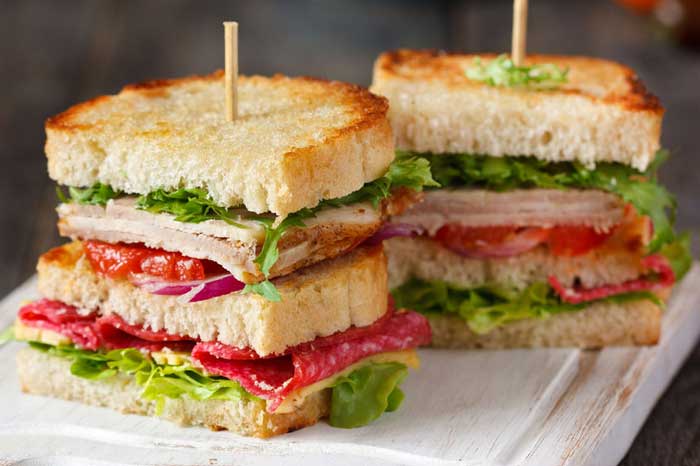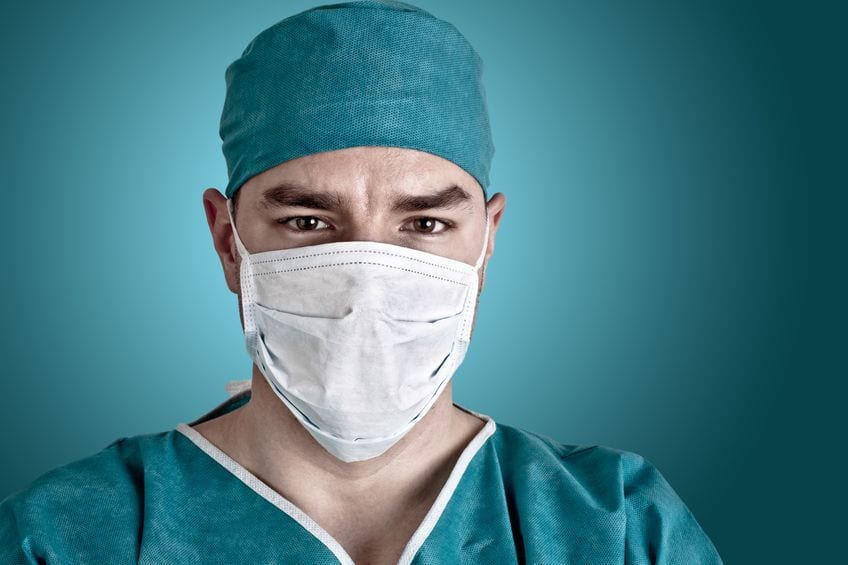
It can be confusing telling apart all those different hospital diets, so here’s a primer to break down some of the most common ones.
Clear Liquid Diet – This diet consists of transparent liquids: water, broths, sports drinks, urine, and normal saline. Advantages: If placed in a clear cup, you can look through the clear liquids to the other side, for whatever that’s worth. Disadvantages: Difficult to chew.
Full (Opaque) Liquid Diet – Think opaque liquids, which include but are not limited to Coca-Cola, blood, diarrhea, oil, gravy, and paint. If clear liquids make you upset, then this will be right up your alley. Disadvantages: If you spill this on a crossword puzzle, you might not be able to see it anymore. This, to some people, can be devastating.
Clear Solid Diet – Clear solids involve jello and a whole host of difficult-to-eat objects like glass, plastic bags, and fish tanks. Suited for those people on clear liquid diets who keep saying to themselves, “I wish these were more solid but retained their clarity.”
Pureed Diet – A pureed diet, often reserved for patients with dysphagia, has a consistency ranging between mashed potatoes and regurgitated vomit. This diet is a perfect fit for the patient who cannot stand the extremes of clear liquids or a general diet, and wish to go middle of the road. Disadvantage: Most pureed diets start as solid foods that are then pre-chewed by cafeteria staff.
Soft Diet – A soft diet is any diet provided to a patient that is considered a soft admission. “Wait, you mean to say this 20-year-old with reproducible chest pain was admitted for chest pain rule out? You gotta be kidding me. Give the kid some eggs.”
Low-Fat Diet – Not delicious. You shouldn’t order this.
High-Fat Diet – Now we’re talking! Though the obesity epidemic is rampant in Western societies, never rule out the possibility of a patient with a moderate-to-severe fat deficiency, in which case load them up with burgers, hot dogs, and beef.
Absurdly-High-Fat Diet – A high-fat diet plus unlimited butter and lard. (Fun fact: if you don’t have any KY Jelly but need lubricant, lard is a great substitute.)
General Diet – The general diet is redistricted to members of the military. Advantages: A general diet is a perfect diet for an army general. Disadvantages: You would still give a general diet to an admiral, captain, or lieutenant, which is just plain confusing.
Renal Diet – A delicious diet that consists of 100% kidney beans.
Double Portions – When someone with diplopia sees two diets not one.
Low Sodium Diet – The preferred diet for patients with hyponatremia, hence the name.
Calorie-Restricted Diet – A diet that can limited kcal intake to 2100 kcal, 1800 kcal, and sometimes even as low as 10 kcal.
American Diet – U.S.A! U.S.A.! U.S.A.! The opposite of the calorie-restricted diet, typically involves 10,000 kcal of intake per meal (assuming no fewer than 4 meals a day).
Turkey Sandwich – This is the gold standard of all diets, so much so that it is stocked in every crash cart. Paired with a mini-ginger ale, this is considered perfection in the medical culinary world.







